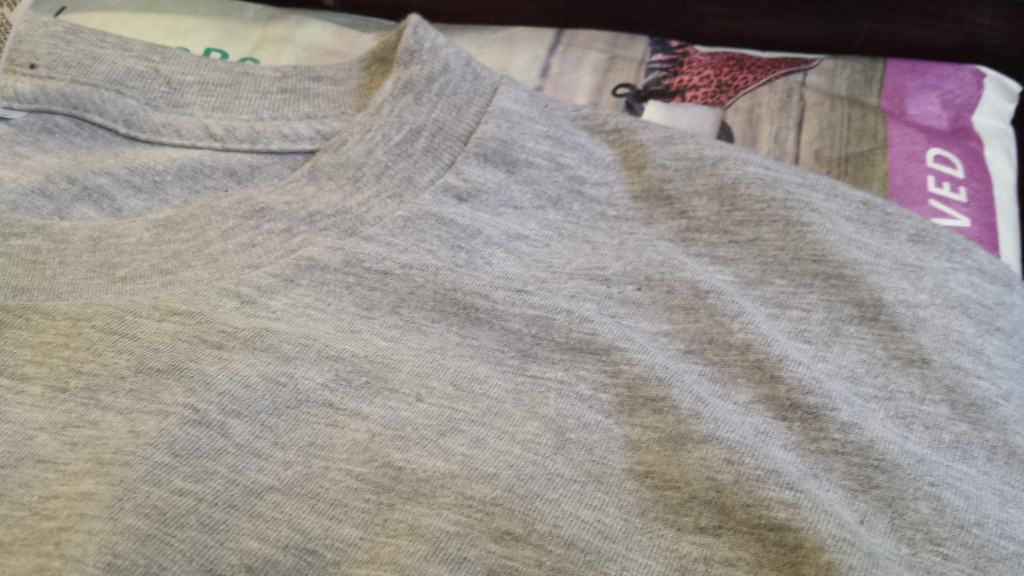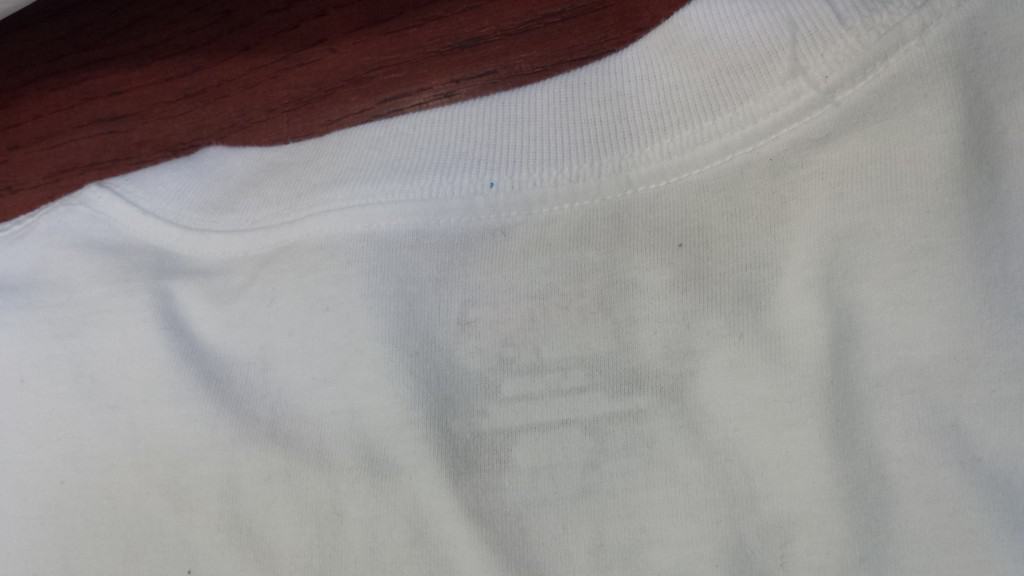This time of year in the US of A it gets scorching hot. One of the hottest places in the country yesterday was South Carolina, a scorching 100 degrees in Columbia. Though that is mild compared to the world high of 118 F. in Kuwait yesterday. It was a low is the lower 48 US of 43 F. in Wyoming.
People print shirts all over, so some place today a shirt is going into a dryer at 50 degrees and some other poor bastard in a sweatshop is putting in a shirt at 115 degrees. I rarely see people changing their dryer temperature, but they really should be, based on all the variables that can change, particularly the temperature of the shirts going into the dryer.
If a shirt goes in on a dry 100 degree day and it is a thin dark polyester shirt and it was already flash cured on press, that shirt is very hot going in the the temperature will rise quickly in the dryer. If that dryer it went into was previously adjusted for a thick white cotton shirt on a cold humid day when there was a thick coat of silver ink going on it? For the dryer to be set for the second situation, in the first situation it would probably not just scorch, it would probably catch on fire!
What do you do to make sure you are not scorching your shirts? Good lighting. That’s it, visual inspection and let me tell you, seeing a faint faint brown on a white shirt or commonly on a grey heather shirt is not easy. In varying light or at a various angles you may not notice. Vigilance is required!
How do you make sure on the other hand that you are curing the ink on your shirts? Wash them, that’s the only way. You can gather information from all kinds of heat probes, temperature tapes, pyrometers, and dryer gauges, but the only proof that you are ok is to wash the shirt and make sure the ink doesn’t come off.
Not ideal, but in a pinch how do you know you are curing the ink? Turn your dryer temp up and belt speed down until the shirt scorches and then speed up the belt until it doesn’t scorch. That works on most dryers, but with a little short table top model you still can’t be sure.
In general you want to put shirts in your dryer for as long as you can and as low a temperature as you can get away with. With production requirements you are wanting to put in the shirt for as short a time as possible which means turning up the heat.
Keep in mind that the heat has to penetrate and your margin for error is too tight at very high temperatures. You cannot bake a cake that needs 45 minutes at 350 by broiling it at 550 for ten minutes. You can’t cure ink at a super high temperature for a short time.
Factors that require higher temperature or longer time on the belt:
– high humidity in your shop
– high humidity in the truck or depot when the shirts were on their way to you
– high humidity in certain manufactured shirts, for example garment-dyed shirts
– thick ink film
– inks that contain water or solvent that has to evaporate before the remainder of the ink cross links
– reflective or shiny or even light colored inks which tend to reflect heat, particularly true with electric infrared panels
– cold shop
Factors that will require lower temperatures or shorter belt time
– high shop temperature
– dark colored shirts, dark colored ink (absorbs heat)
– thin ink film
– shirts that have been flashed
– thin shirts or shirts that heat up quickly like polyester or poly blends (heather grey is notorious for overheating)
If you do scorch a white shirt, if it isn’t too bad you can fix it. Buy hydrogen peroxide at the local drug store or supermarket and mix it with about 50% water and put it in a spray bottle. Spray it on a scorched shirt, run it through the dryer and if it is just a tiny bit of scorching on the surface it will turn back to white. Sometimes if you are lucky you can do a light mist and take a very fine scorch off heather grey, but usually the hydrogen peroxide only works on white and it does not work on other colors as it will bleach them.
Why you need good light and extreme vigilance. Below are a couple of scorched shirts. It is very difficult to photograph, just as it is difficult to see on a shirt. Each shirt has a scorch on the left and shadow on the right and they look pretty much the same.




great tip…used it just today. it was like…SHAZAM-PRESTO-CHANGE-O…
Thanks Rick Roth